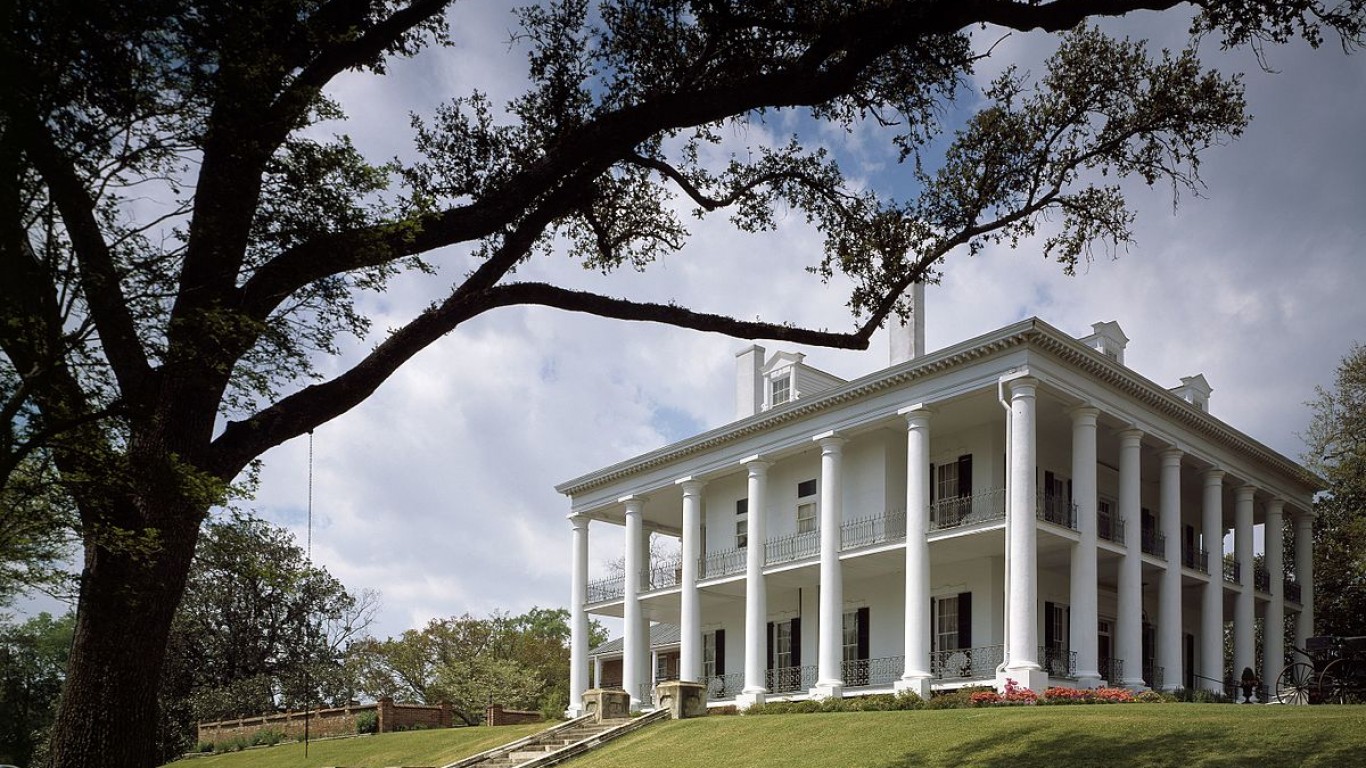
"In 2024, archaeologists in the Heraklion region of Crete uncovered an ancient structure while excavating in Papoura Hill. The labyrinth-type building is a large, circular ensemble with concentric rings. Experts estimate it was built during the Bronze Age, or the Minoan period, but aren't sure what the structure was used for. Since most of Minoan architecture was thought to involve rectilinear layouts, the circular discovery challenges long held assumptions."
"In the early 19th century, new archaeological findings and accompanying photo books gave American architects a detailed look at Classical Greek architecture for the first time. To a young nation still finding its cultural identity, the civic and political virtues associated with Greek architecture became a way to embody ideals of classical democracy in America. Beginning in the mansions and public buildings of Washington D.C., Greek Revival architecture spread rapidly throughout the country."
Archaeologists excavating Papoura Hill in the Heraklion region of Crete uncovered a large, circular, labyrinth-type structure composed of concentric rings in 2024. Experts estimate the ensemble dates to the Bronze Age Minoan period, and the circular plan contradicts prevailing views that most Minoan architecture favored rectilinear layouts. In the early 19th century, archaeological findings and photo books introduced American architects to Classical Greek architecture, inspiring Greek Revival buildings that symbolized civic and democratic virtues. Greek Revival spread from Washington, D.C., into mansions and public buildings nationwide. Over 5,000 listings are categorized as Greek Revival in the National Register of Historic Properties.
#minoan-archaeology #crete-discovery #greek-revival-architecture #national-register-of-historic-places
Read at 24/7 Wall St.
Unable to calculate read time
Collection
[
|
...
]